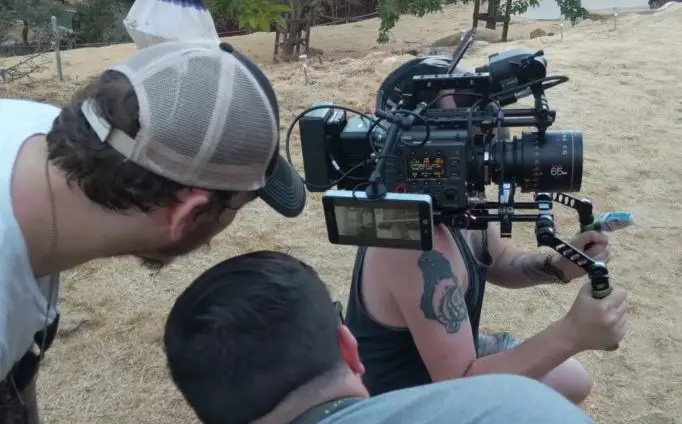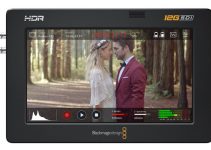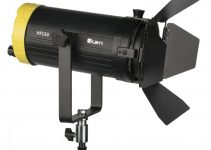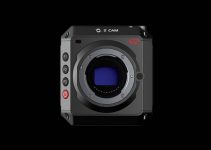Some of you may recall that a while back we shared a massive 50+ minute Panasonic Varicam LT review with you that was done by LA-based filmmaker and DP, Ben Meredith, followed by a lens test, which you can check out here. Ben got in touch with me recently and send me his review of the Sony VENICE, which he used to shoot three short narrative pieces testing the various sensor modes such as 3:2 Full-Frame, and the 6:5 and 4:3 anamorphic modes while using the Atlas Co. Orion Anamorphic lenses as well as the full-frame Tokina Vista Primes.
You can read more about the Orion Anamorphic lenses in our previous post here and the Tokina full-frame “Vista Vision” primes here.
This isn’t a highly technical test with charts and all, but rather a more practical test going out there and filming a dramatic piece with actors, which are the kind of projects that most people will shooting with the VENICE. Ben got a chance to use a beta version of Firmware 2.0 for the VENICE and a camera provided by the good people at AbelCine Burbank.

I am sure that you are all familiar with the Sony VENICE, but for those not familiar it is the latest big Cinealta camera from Sony with a 6K full-frame sensor, with an interchangeable sensor block for potential user-serviceable replacement in the future, it also features a Dual ISO mode, various anamorphic and resolution options from 6K down to 4K/2K etc. The VENICE utilizes also the latest Sony compressed Raw format called X-OCN.
Behind the scenes:
Below you can see the short films that Ben and his crew shot over the three days with the VENICE.
“The Divide” – directed by Paul Meredith shot in 6:5 Anamorphic on Atlas Orion Anamorphics:
“Fall From Grace” directed by Ben Meredith – shot in 4:3 Anamorphic mode:
“The Last Ones” directed by Vincente DiSanti shot in Full Frame 3:2 mode:
6K 3:2 sampled down to 4K for online delivery
Lenses: Tokina Cinema Vista prime lenses
Written and Directed by Vincente DiSanti.
Starring David Brackett and Lexington Vanderberg.
Cinematography by Ben Meredith
Music by Trevor Vaughn.
In my opinion, the Sony VENICE, thanks to its new sensor and really pleasing colour reproduction and highlight rolloff is in a league of its own in the whole CineAlta range. I don’t know what it is, but it is . Sure, the F65 is no slouch, but its a massively complicated camera to work with, it is not as ergonomically friendly as the VENICE, and it has rightfully been unofficially replaced by the VENICE when it comes to a the top-end CineAlta camera.
The large format cinematography playing field is for once more levelled now than the “S35″digital ever was years ago, as now as sensor and imaging technology overall is more mature pretty much all the top-end large format cameras like the VENICE, the Alexa LF, the RED Monstro 8K, are in my opinion, equally capable of stellar images, it just depends which “image characteristic” of the specific sensor tech/imaging pipeline/colour science you prefer.
Huge thanks to Ben for sending me these, and I think the community will appreciate the hard work he and his team have done over the course of producing these short films and review.
For more of Ben’s work you can check out his website and Vimeo channel as well.
Disclaimer: As an Amazon Associate partner and participant in B&H and Adorama Affiliate programmes, we earn a small comission from each purchase made through the affiliate links listed above at no additional cost to you.




